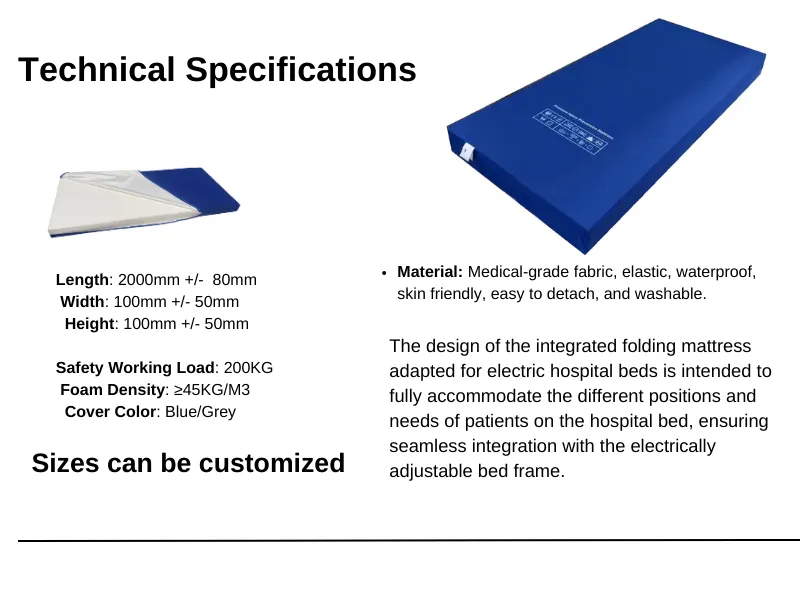Sales Performance Analysis of Wave Anti-Pressure Ulcer Mattresses in Recent Batch
Understanding the Rise in Batch Sales of Wave Anti-Pressure Ulcer Mattresses
In recent years, the healthcare sector has witnessed a significant increase in the adoption of advanced medical technologies aimed at improving patient care. One of the noteworthy advancements in this field is the development of wave anti-pressure ulcer mattresses. These innovative mattresses have emerged as a vital solution in the prevention and treatment of pressure ulcers, especially for patients who are immobile or have limited mobility. The surge in batch sales of these products reflects not only their effectiveness but also the growing awareness among healthcare providers regarding patient safety and comfort.
Pressure ulcers, often referred to as bedsores or decubitus ulcers, are injuries to the skin and underlying tissue resulting from prolonged pressure on the skin. They commonly occur in patients who are bedridden or confined to a wheelchair, making it imperative for healthcare institutions to adopt preventive measures and treatments. Wave anti-pressure ulcer mattresses utilize advanced technological features designed to redistribute pressure, promote continuous airflow, and enhance overall patient comfort. Their unique wave-like structure enables the mattress to move and shift, minimizing the risk of pressure buildup in specific areas of the body.
The rise in batch sales of wave anti-pressure ulcer mattresses can be attributed to several factors. First and foremost is the increasing prevalence of conditions that necessitate extended bed rest. Aging populations, coupled with rising incidences of chronic illnesses such as diabetes and cardiovascular diseases, contribute significantly to the number of patients at risk of developing pressure ulcers. Hospitals and long-term care facilities are now prioritizing the use of specialized mattresses that can proactively address these challenges.
Moreover, the healthcare industry's emphasis on improving patient outcomes and reducing hospital stay durations has enhanced the demand for effective preventive solutions like wave mattresses. Reducing the incidence of pressure ulcers not only improves patient health and comfort but also alleviates the financial burden on healthcare providers associated with treating such injuries. Treating pressure ulcers can lead to extended hospital stays, increased medical costs, and potentially negative impacts on a healthcare facility’s reputation. Recognizing these factors, many healthcare organizations are investing in batch purchases of wave anti-pressure ulcer mattresses.
batch sales of wave anti pressure ulcer mattresses product

Technological advancements in mattress design have also played a crucial role in driving sales. Manufacturers are continually innovating to improve the functional aspects of wave mattresses. Features such as adjustable firmness settings, temperature regulation, and enhanced breathability enhance the user experience while boosting the overall effectiveness of the product. These advancements cater not only to the comfort of patients but also to the practical needs of healthcare providers, making them more likely to opt for bulk purchases.
The growing recognition of the importance of patient comfort in the healing process further accelerates the demand for wave anti-pressure ulcer mattresses. Research has shown that comfortable and supportive surfaces contribute significantly to recovery rates and patient satisfaction. As such, healthcare providers are motivated to invest in high-quality products that ensure their patients experience the best possible care during their recovery.
In addition, marketing campaigns and educational initiatives about the benefits of wave anti-pressure ulcer mattresses have raised awareness among healthcare professionals. As more clinicians and caregivers understand the advantages of using these specialized mattresses, they become advocates for their use, contributing to increased batch sales.
Regulatory changes and healthcare accreditation standards have also prompted healthcare facilities to enhance their patient care equipment. Many regulatory bodies emphasize the significance of using preventive strategies for pressure ulcers, thus incentivizing institutions to procure wave anti-pressure ulcer mattresses in bulk to comply with best practices.
In conclusion, the increase in batch sales of wave anti-pressure ulcer mattresses can be seen as a confluence of rising patient needs, technological innovations, and the healthcare industry’s commitment to improving patient care. As awareness escalates and technology advances, we can reasonably expect this trend to continue, ultimately leading to reduced incidences of pressure ulcers and improved patient outcomes. By investing in such preventative solutions, healthcare organizations not only enhance patient comfort and safety but also optimize their operational efficiency in the long run.
-
The Effect of Coconut Foam Mattress Breathability and Humidity Regulation on Improving Sleep QualityNewsJul.03,2025
-
How Wave Mattress Systems Improve Blood Circulation During ImmobilityNewsJul.03,2025
-
The Climate-Adaptive Sleep Revolution: Exploring the Benefits of Cooling Gel Memory Foam MattressesNewsJul.03,2025
-
Exploration of the Role of Coconut Foam Mattress in Preventing Bedsores in the ElderlyNewsJul.03,2025
-
Comparing Wave Mattress and Air Mattress: Which Is Better for Medical Use?NewsJul.03,2025
-
Analysis of Comfort and Environmental Performance of Natural Latex and Coconut Foam MattressNewsJul.03,2025
-
Multi-Layer Construction for Enhanced Performance in Gel Mattress PadNewsJun.24,2025

